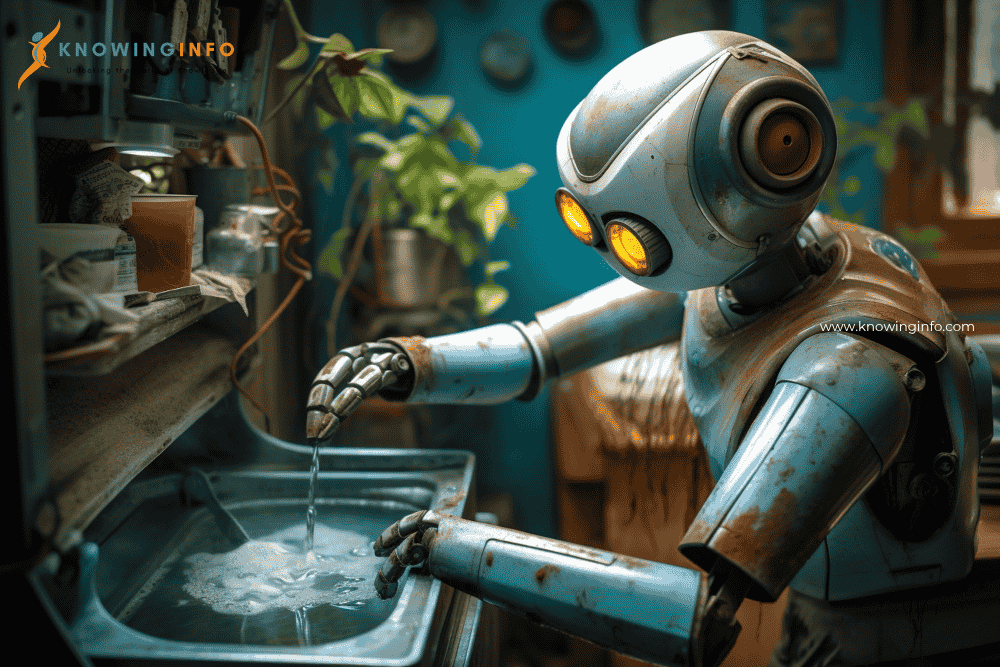How Are Humanoid Robots Integrating into the Modern Workforce?

Humanoid robots, means those that move and look like humans, are no longer just in movies. Nowadays, they are used in real jobs to help people at their work. Just because of the latest technology, now robots can do a lot more things, such as talk, follow instructions, and even learn how to do new things. But how are they being used at work today? Let’s find out.
What Are Humanoid Robots?
Humanoid robots are robots that are made to look and act just like humans. They usually have a head, arms, and legs, just like a human. Some of them can actually talk, smile or even show facial expressions. Any of these robots use special computer programs called artificial intelligence (AI), which help them understand what people say, they can see and understand things which happen around them, and they can also make choices on their own.
Where Are They Being Used?
Humanoid robots are already working in several industries. Here are some examples given below so you can understand well:
Healthcare: In hospitals and nursing homes, humanoid robots help doctors and nurses by delivering medicine, checking patients’ heart rate or temperature, and even keeping elderly patients company by talking to them or playing games. Robots like “Pepper” are friendly and can have basic conversations, which makes patients feel more comfortable.
Hospitality and Retail: Some hotels and stores are now using robots to welcome customers, give them directions or even answer their questions. For example, a robot might check guests into their rooms or offer items in a store. These robots are available 24/7 and don’t get tired, which can help businesses serve more people quickly and easily without any delay.
Factories and Warehouses: Humanoid robots are now also a part of factories. They work with human employees to build or pack products. They can do tasks that are repetitive or need careful handling. And in warehouses, robots help in sorting packages, scanning items, and carrying heavy boxes, which makes the work faster and safer.
Education and Training: Robots are also involved in schools and training centres to teach students and train workers. They can simply explain the lessons to students, ask questions, clear doubts, and even speak different kinds of languages. In job training, they help practice customer service or emergency response situations.
Why Should We Use Humanoid Robots?
There are so many reasons businesses are using these robots:
- They don’t get bored or bored and can work all day and night without any breaks.
- They can do risky jobs, like they can easily going into dangerous areas and helping with tasks that are too difficult for people.
- Using robots can save time and money because they can reduce the need for extra staff or repeated training.
- Robots can also deliver consistent, helpful service without pauses.
What Are the Challenges?
Even though humanoid robots are helpful, they do come with some problems and challenges that you might face:
- They are very expensive, which is why not many companies can afford the cost of buying and maintaining them.
- They may replace human jobs, especially simple ones.
- People have some big questions about robots. Like, how they should be taught, what happens if they make mistakes, and if we might rely on them too much.
The Future of Work with Robots
In the upcoming times, we may see more robots that work, act and move like humans. But that does not mean they will take over everyone’s job; instead, they will help humans in their work. They can help by carrying things, giving directions, or checking information, so that people can focus on more important jobs that need thinking, creativity, or emotions.
Don’t worry much because Humanoid robots aren’t here to replace us, they’re here to help humans. The important thing is learning how to work together, humans and robots as a team.






